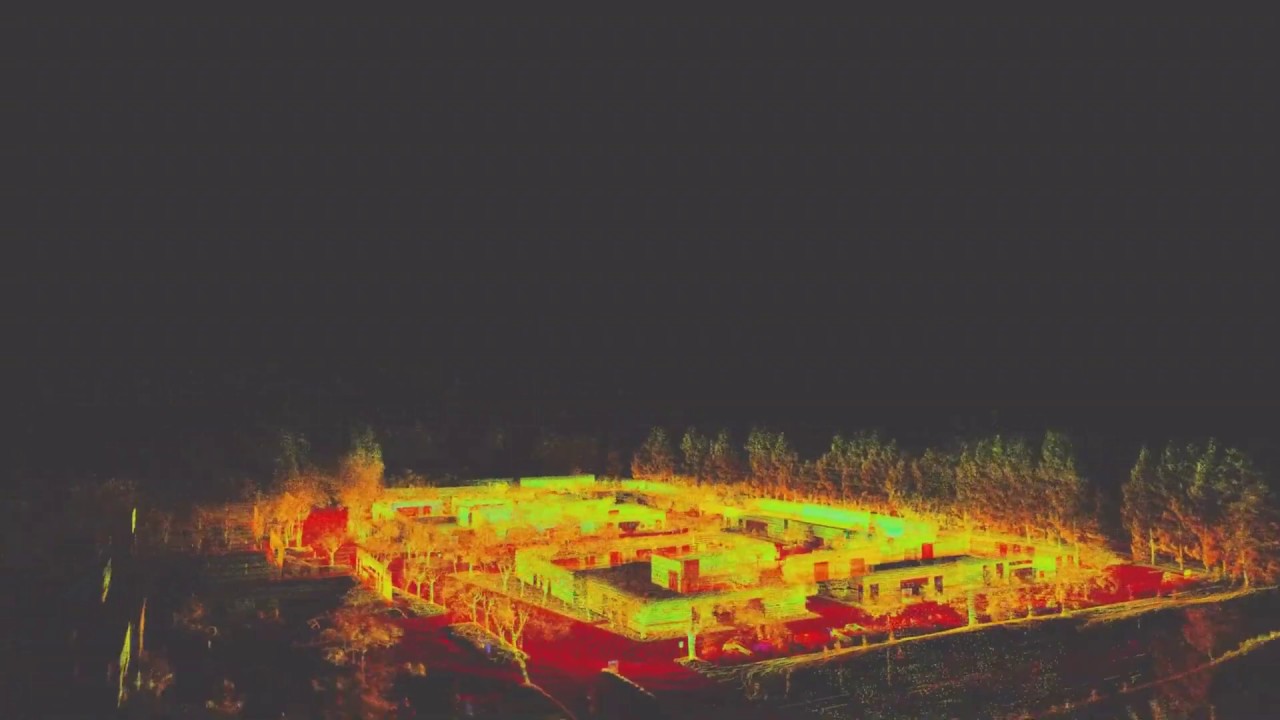Cybersecurity has inevitably evolved from an operational concern to the chief executives’ top priorities. A failure to do so will have major financial and reputational consequences. 3D LiDAR and video intelligence are allowing forward-thinking companies to measure what was once unmeasurable and refine their operations with new data. By leveraging these advanced technologies, large enterprises are creating smart and secure spaces both inside and outside the buildings, facilities, and campuses, and improving both system security and worker safety. These capabilities are accelerating their progress towards securing both physical and digital assets, putting them ahead of the competition.
We deliver AI systems embedding adaptive intelligence-enabled cyber threat detection and remediation solutions beginning with edge devices. Because threats evolve quickly, we provide customizable threat intelligence, letting enterprises choose real-time threat intelligence sources that fit their needs. These capabilities are proven in multiple industries such as retail, manufacturing, healthcare, and smart cities.
The technical architecture integrates advanced machine learning techniques, edge AI processors, and advanced sensor networks. With people, machines, devices, and sensors interconnected via internet, the more things that are online, the more entry points there will be to access and disrupt a system. Hackers constantly find new ways to attack cyber-physical systems and protocols. Augmenting the expertise of cyber security professionals, artificial intelligence systems are learning how to monitor unstructured data to detect risks before they emerge. As it continues to learn real-time, these collaborative intelligent systems will be more adept at detecting the difference between a computer glitch and a malicious attack, alleviating the need for security analysts to waste their valuable time on wild goose chases.
